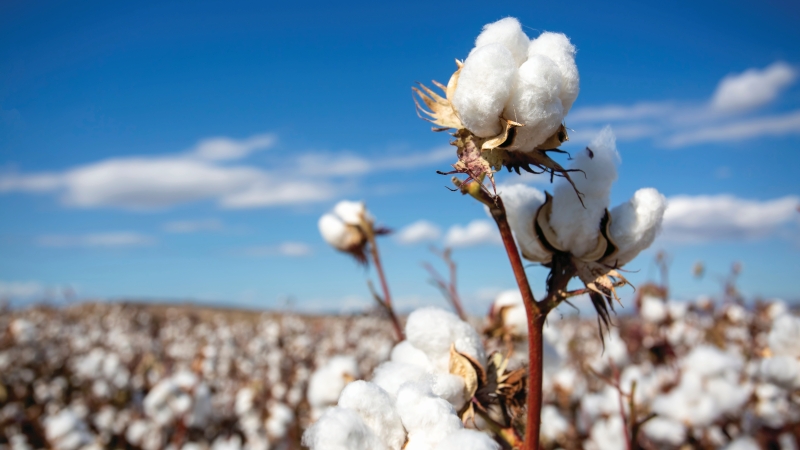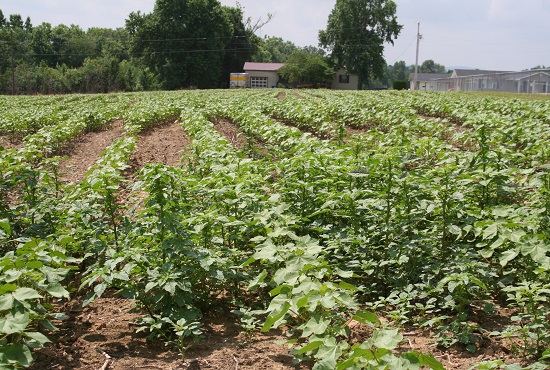China Cotton Industry Ready for Major Changes in 2014/15
Reflecting on the old and welcoming the New Year, it is the right moment to give some thoughts on the topic “New Frontiers.”
There have been many dazzling changes in recent years in the international cotton industry. The remedies to these changes, however, cannot easily be found in textbooks, museums or economic models.
Being an agricultural product as well as a raw material for the textile industry, cotton would be thought to be only influenced and constrained by natural conditions and by supply and demand. However, recent global financial crises have highlighted a financial attribute of major agricultural commodities such as cotton, which has attracted speculative traders, created drastic price fluctuations, and resulted in more government controls.
Since the 2011/12 Chinese cotton season, the Chinese Government has temporarily implemented a cotton reserve procurement policy for three seasons in succession. This policy has played a decisive role in safeguarding farmers’ interests and stabilizing the domestic market, as well as international cotton prices to some extent. However, the policy – which was planned as a short-term contingency measure – would be hard to sustain and may even distort the market in the long term.
Adjustments Are Coming
In coming years, the Chinese cotton industry will face a series of changes, such as adjustment of governmental regulatory policies and change in cotton producing methods. From 2014/15 season onward, if China adjusts and alters the current temporary reserve procurement policy, it may be estimated that for the short term, as a consequence of the high stocks and supply exceeding demand, the domestic cotton price may face a downward trend. This could also happen to the international cotton prices, which would be detrimental to cotton production.
CCA supports a policy orientation where the market plays a dominant role and government adjustments and controls are secondary. In addition, we petition the government to provide a fundamental protection for the farmers. In the long run, China’s cotton production must become more mechanized and on a larger scale. Only then will it be possible to reduce working capital, increase productivity, and improve Chinese cotton’s competitiveness.
In recent years, CCA has continuously proposed to the government to implement a supportive policy to advance a larger scale and mechanized cotton production. The transfer from a small family planting pattern to a modern agriculture industry will become a historic breakthrough for the Chinese cotton industry.
The next 5-10 years may prove to be a difficult time for the Chinese textile and apparel industry, which must upgrade and reshape in order to counter rising costs, industry transfer, and a slowdown in export growth. However, it is also undeniable that China will remain a great power in the textile industry for the near future.
As participants in the cotton industry, we have the responsibility and duty to promote this industry and ensure it continues to be sustainable. CCA has registered the logo of “COTTON CHINA” and is using it as a vehicle to hold annual promotional activities. By promoting the awareness of natural products and environmental protection, our aim is to enhance consumers’ brand recognition and increase the market share of cotton textile apparel products.








